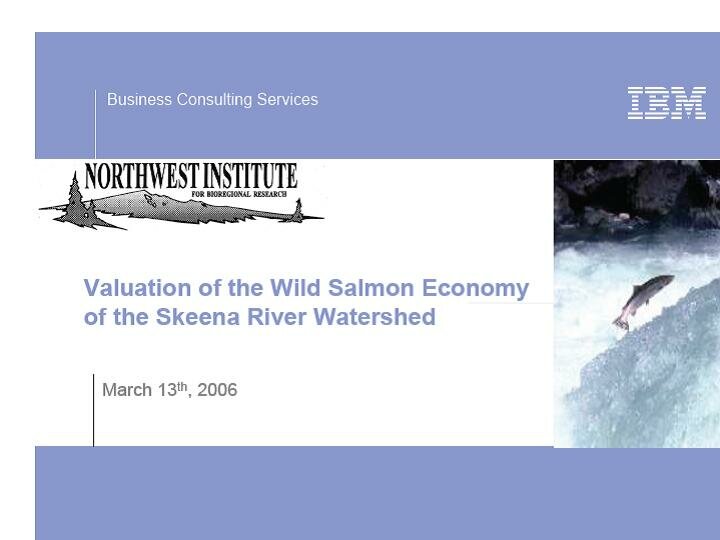In November of this year, the Economist Magazine featured an article on salmon declines in the Fraser River: . On one front, great that the issue is getting this sort of international coverage; on another front, a few curious assertions in the article.
Regarding the recent federal announcement of a judicial inquiry into the sockeye collapse on the Fraser, the article states: “Applause was muted. Four other federal inquiries held over the past three decades have failed to halt the decline.”
Exactly.
Why not take the $20 million or so that it costs to undertake a judicial inquiry and put it back into programs that actually make a difference on the ground? – as opposed to drawing the same conclusions and making the same recommendations as the last few multi-million dollar inquiries.
The article suggests: ” the province’s rich salmon fishery, worth about C$500m ($475m), could disappear…”
Fair enough, the magazine is focussed on economies. And yes, maybe the commercial salmon fishery represents that sort of economic range – however, salmon on a whole (in strictly economic terms) represent so much more.
For example, in 2006, IBM completed a on the economic value of Skeena wild salmon:
The report concluded that wild salmon of the Skeena River represent about $110 million to our economy and this doesn’t account for ecosystem values and other values.
The Economist article continues: “Scientists and environmentalists agree that the causes of the decline include overfishing and the destruction of spawning habitats. Some also blame unauthorised fishing on the Fraser by First Nations…”
Curious that there is a suggestion of ‘agreement’ about the causes: overfishing and habitat destruction (and I don’t mean this as criticism of the article). I agree that some of the biggest issues are exactly overfishing and habitat destruction – hence why I don’t think ‘more research’ is the answer – as has been suggested by many (see previous posts). There is a place for research – but it is far from the answer, or the first step of action.
Fundamentally, I ask: if there is such agreement then why not take drastic measures to begin the process of working on the agreed upon problems?
On the issue of First Nation fishing… I have raised this point for years, as have several others – repeatedly – that catch numbers need to be put into perspective. The commercial/sport fishery accounts for over 95% of the salmon caught in BC; the aboriginal fishery less than 5%. Mainstream media in BC has quite the love affair with running articles on First Nation ‘poaching’, or illegal fisheries, or whatever angle feeds the rabid misconception.
The misconception and misrepresentation has, from my observations, been largely successful. A few years ago I was a tour guide for bus tours on Haida Gwaii (formerly referred to as the Queen Charlotte Is.) where I grew up. One of the groups I guided was largely from the Fraser Valley. When the discussion turned to salmon and some of the salmon issues on Haida Gwaii there were some pretty pointed questions about how much the “Indians” were poaching, and how much of a problem that was on the lower Fraser River…..
I gently passed on the approximate catch numbers – yet, it’s still difficult to break down flawed reasoning based on media pandering.

